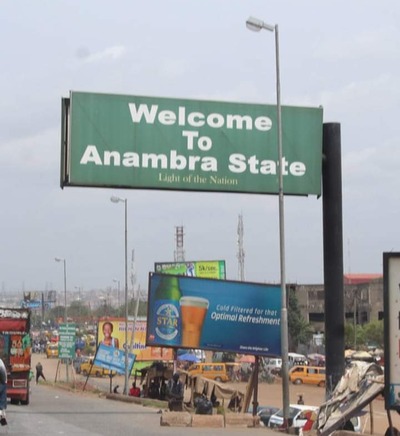
The state of Nigeria, known as Anambra State, is situated in the southeast of the nation. The state came into being on August 27, 1991. Anambra is bordered to the west by Delta State, to the south by Imo State, to the east by Enugu State, and the north by Kogi State.
In 1976, the name of the state was changed from the former East Central State. The Omambala River bears the state’s name. The Omambala’s Anglicized name is Anambra.
Awka, the state’s capital, has seen substantial population growth between 2006 and 2020, going from having just over 700,000 residents to over 6 million. Onitsha, a historic port city from the pre-colonial era, continues to be a significant hub of trade within the state.
Anambra State, also known as the “Light of the Nation,” is the eighth most populous state in the country, though this has been seriously contested because Onitsha, the state’s largest and most populous urban area, had over 8.5 million people as of 2020, making it the second-largest urban area in Nigeria and third-largest in Africa.
Anambra State was a portion of the secessionist Republic of Biafra established by Igbo nationalists during the Nigerian Civil War (1967–1970). Anambra experienced a terrible famine during the war, which drastically reduced the population. Anambra State has made significant progress in bringing its poverty rate down and is currently a highly urbanized state.
CULTURE AND TOURISM
One of the most popular tourist destinations in Anambra State is Ogbunike Caves, which is recognized by UNESCO as a World Heritage Site. It is categorized as a sandstone cave (Campanian-Miocene Lateritic Sandstones). The state’s top tourist attractions are the caves and waterfalls in Owerre Ezukala. The caves, which remain largely unexplored, are thought to be the biggest in West Africa.
The majority of the native ethnic groups of Anambra State are Igbo, who make up 95% of the population. There is also a small number of multilingual people, namely Ebira and Igala, who dwell in the state’s northwestern region.
Igbo-Ukwu staff head ornament in the shape of a coiling snake dating to the ninth-century Museum of Igbo Ukwu:The historic hamlet of Igbo Ukwu continues to draw visitors to view its bronze treasures because of its excellent metal crafts.
The bronzes were discovered in 1938 and later unearthed by the English archaeologist Thurstan Shaw. They have significant historical value and have been dated to the ninth century.

One Reply to “Here is What You Don’t Know About Anambra State”